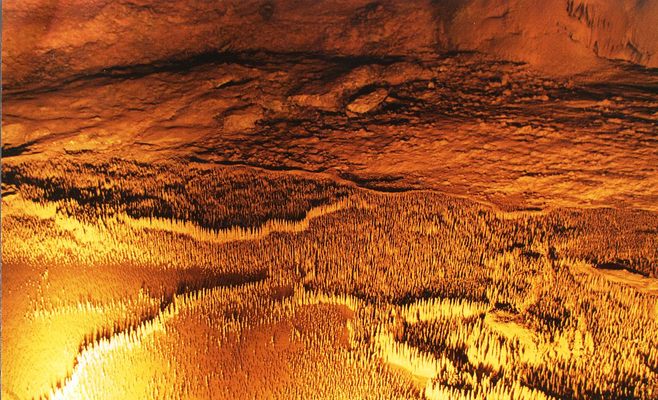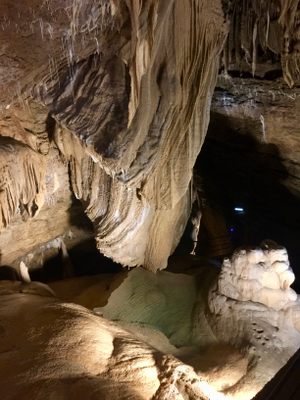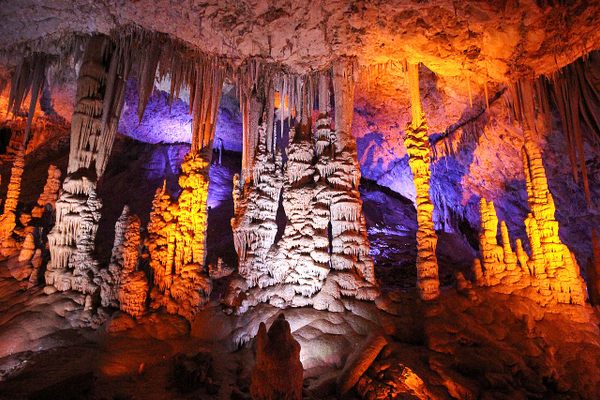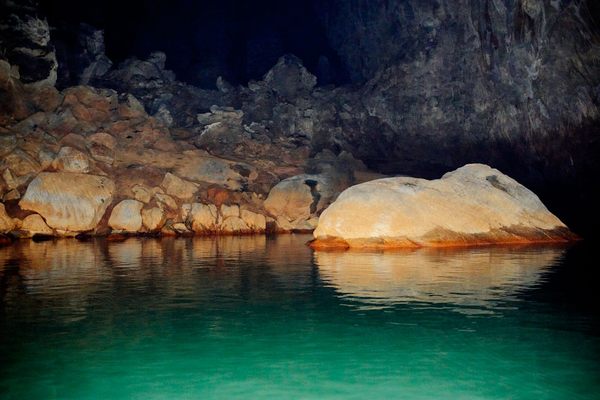About
There are countless caves around the globe, but the Trabuc Caves in southern France are unique among them all, due to a mysterious and stunning geological oddity known as the "100,000 Soldiers."
This unexplained natural wonder stands out within the all-around beautiful Trabuc Caves, the largest network of underground passages in the Cévennes. Thousands upon thousands of strangely short concretions are clustered together in a small area; standing side by side, they resemble an enormous silent army of soldier figurines. The first explorers to come across this awesome site called it an army of 100,000 soldiers, and the name stuck.
This kind of geological formation has not been found anywhere else in the world. And still today, geologists don't know how these formations were created. Stalagmites (on the ground) and stalactites (on the ceiling) are commonly found in pairs; the dripping water from the ceiling creates stalactites that fall to the ground and create stalagmites. But in the case of the 100,000 Soldiers, the concretions blanket the cave floor without any stalactites above. Scientists have posed theories over the years, but none ever sufficiently explained the geological anomaly. Its origin remains a scientific mystery to this day.
The splendor of the Trabuc Caves doesn't stop at the 100,000 Soldiers. The network is adorned with a colorful rainbow of minerals, waterfalls, and pools, and it has a long and rich history. The caves have been known and used since antiquity, though it wasn't until the 1950s that an artificial tunnel was dug allowing easy access into the cavern. The underground tunnels provided shelter for smugglers in the Middle Ages, and Huguenots during the religious wars in the 18th century. Scientific exploration of the caves started in 1823. By now, around six miles of caves have been explored, but speleologists expect the subterranean network to cover two or three times that size, as the limestone rock here is just an incredible maze.
Related Tags
Know Before You Go
The Trabuc Caves are located within the mountains of the Cévennes National Park, not far from the Pont du Gard, a 30-mile-long ancient Roman aqueduct. They are open between February and December. Tours are given in French and English, and extended tours that go beyond the tourist trail can be booked as well. The caves maintain a constant temperature of 59°F (15°C), which can be very pleasant in a region that often reaches 104°F (40°C) in summer.
Published
September 17, 2018
































